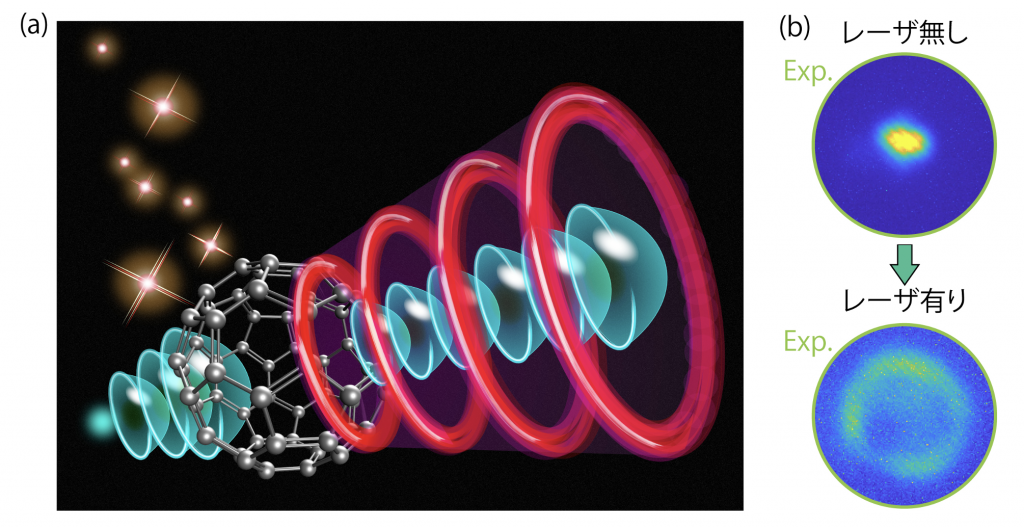2023-02-28 プリンストン大学
プリンストン大気化学実験(PACE)移動実験室を使って、東海岸とカリフォルニアにある63の処理場のプルームを測定し、工場全体の排出量を定量化したところ、IPCCのガイドラインはあらゆる規模と処理プロセスの処理場を一貫して過小評価していることが分かりました。
研究者は、これまでの指針が施設間の排出量の違いを正確に反映していないため、実際のメタン排出量が過小評価されていたと考えている。特に、メタン発生のホットスポットである処理装置の効率の低さや機器の不具合が大きな問題となっている。
また、オーナビック消化器と下水道システムからのメタン排出が最も大きな問題となっており、今後の温室効果ガス排出量の推計には注意が必要である。
この論文は、Cuihong Songが筆頭著者、Z. Jason Renが主任研究員として、2月3日にEnvironmental Science & Technology誌に掲載されました。
<関連情報>
- https://engineering.princeton.edu/news/2023/02/28/wastewater-sector-emits-nearly-twice-much-methane-previously-thought
- https://pubs.acs.org/doi/10.1021/acs.est.2c05373
- https://pubs.acs.org/doi/10.1021/acs.est.2c04388
米国の廃水処理によるセクター全体のメタン排出量の過小評価について Underestimation of Sector-Wide Methane Emissions from United States Wastewater Treatment
Daniel P. Moore, Nathan P. Li, Lars P. Wendt, Sierra R. Castañeda, Mark M. Falinski, Jun-Jie Zhu, Cuihong Song, Zhiyong Jason Ren, and Mark A. Zondlo
Environmental Science & Technology Published:February 27, 2023
DOI:https://doi.org/10.1021/acs.est.2c05373

Abstract
An increasing percentage of US waste methane (CH4) emissions come from wastewater treatment (10% in 1990 to 14% in 2019), although there are limited measurements across the sector, leading to large uncertainties in current inventories. We conducted the largest study of CH4 emissions from US wastewater treatment, measuring 63 plants with average daily flows ranging from 4.2 × 10–4 to 8.5 m3 s–1 (<0.1 to 193 MGD), totaling 2% of the 62.5 billion gallons treated, nationally. We employed Bayesian inference to quantify facility-integrated emission rates with a mobile laboratory approach (1165 cross-plume transects). The median plant-averaged emission rate was 1.1 g CH4 s–1 (0.1–21.6 g CH4 s–1; 10th/90th percentiles; mean 7.9 g CH4 s–1), and the median emission factor was 3.4 × 10–2 g CH4 (g influent 5 day biochemical oxygen demand; BOD5)−1 [0.6–9.9 × 10–2 g CH4 (g BOD5)−1; 10th/90th percentiles; mean 5.7 × 10–2 g CH4 (g BOD5)−1]. Using a Monte Carlo-based scaling of measured emission factors, emissions from US centrally treated domestic wastewater are 1.9 (95% CI: 1.5–2.4) times greater than the current US EPA inventory (bias of 5.4 MMT CO2-eq). With increasing urbanization and centralized treatment, efforts to identify and mitigate CH4 emissions are needed.
自治体の廃水収集・処理システムからのメタン排出量 Methane Emissions from Municipal Wastewater Collection and Treatment Systems
Cuihong Song, Jun-Jie Zhu, John L. Willis, Daniel P. Moore, Mark A. Zondlo, and Zhiyong Jason Ren
Environmental Science & Technology Published:February 3, 2023
DOI:https://doi.org/10.1021/acs.est.2c04388

Abstract
Municipal wastewater collection and treatment systems are critical infrastructures, and they are also identified as major sources of anthropogenic CH4 emissions that contribute to climate change. The actual CH4 emissions at the plant- or regional level vary greatly due to site-specific conditions as well as high seasonal and diurnal variations. Here, we conducted the first quantitative analysis of CH4 emissions from different types of sewers and water resource recovery facilities (WRRFs). We examined variations in CH4 emissions associated with methods applied in different monitoring campaigns, and identified main CH4 sources and sinks to facilitate carbon emission reduction efforts in the wastewater sector. We found plant-wide CH4 emissions vary by orders of magnitude, from 0.01 to 110 g CH4/m3 with high emissions associated with plants equipped with anaerobic digestion or stabilization ponds. Rising mains show higher dissolved CH4 concentrations than gravity sewers when transporting similar raw sewage under similar environmental conditions, but the latter dominates most collection systems around the world. Using the updated data sets, we estimated annual CH4 emission from the U.S. centralized, municipal wastewater treatment to be approximately 10.9 ± 7.0 MMT CO2-eq/year, which is about twice as the IPCC (2019) Tier 2 estimates (4.3–6.1 MMT CO2-eq/year). Given CH4 emission control will play a crucial role in achieving net zero carbon goals by the midcentury, more studies are needed to profile and mitigate CH4 emissions from the wastewater sector.



